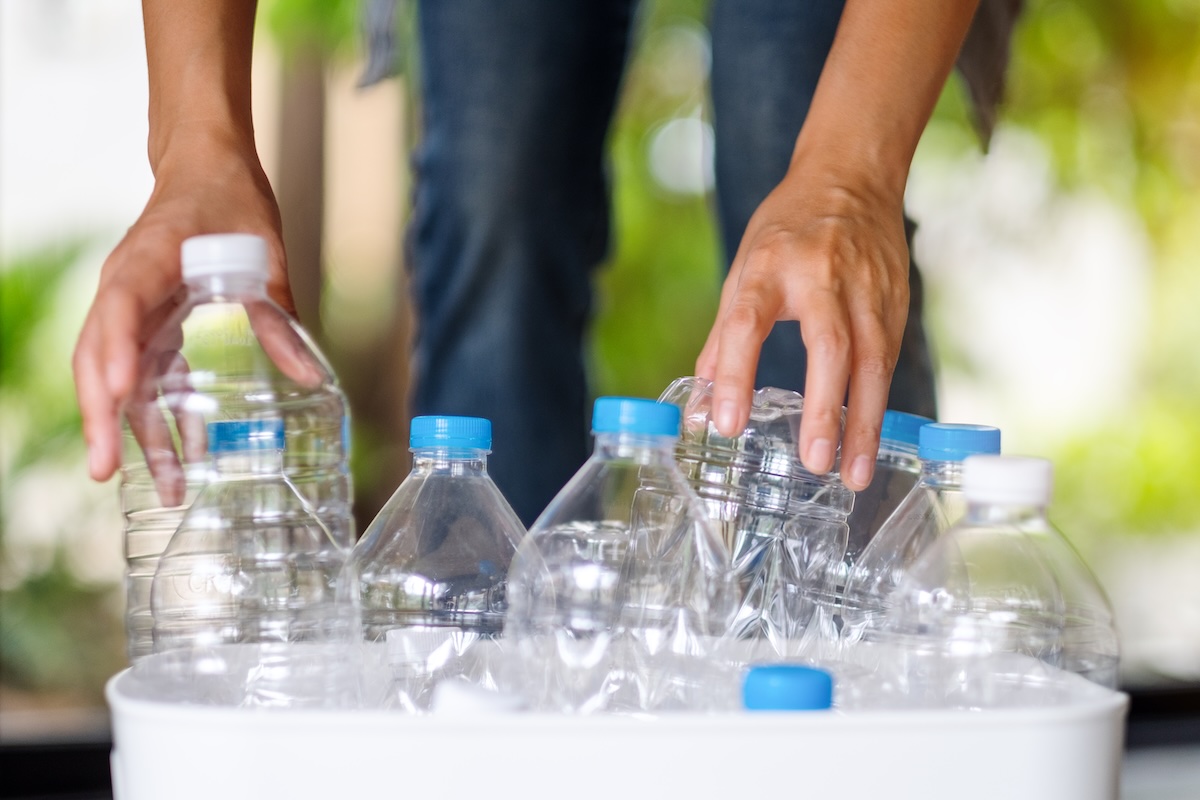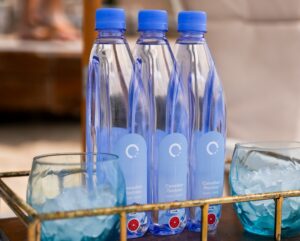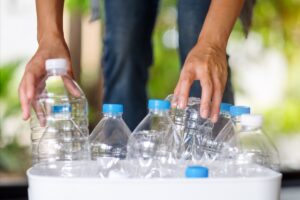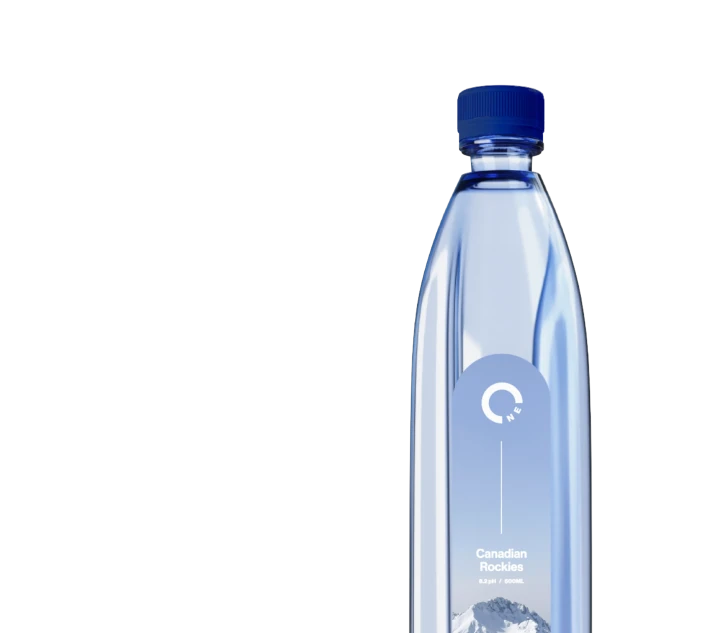Most plastic water bottles claim to be recyclable. But how many actually make it through the recycling process? The answer might surprise you.
While the plastic itself may be capable of being recycled, the system around it often fails to deliver on that promise.
Let’s be clear: not all plastic is the same, and not all bottles labeled “recyclable” truly support a circular, sustainable future.
At One Water, we believe in transparency about our materials, our design, and our role in shaping a better path forward. Here’s what you should know about the current state of recyclable plastic water bottles and how we’re working to make a positive impact.
Why Plastic Bottle Recycling Isn’t What You Think
Plastic recycling is more complex than most consumers realize. It’s not enough for a bottle to carry a recycling symbol.
Recyclable plastics must also be processed within a system capable of effectively recovering, cleaning, and repurposing the material. Here’s what’s actually happening behind the scenes.
PET Plastic: The Most Recyclable of the Plastics
Most water bottles today are made from PET, or polyethylene terephthalate. The #1 recycling code identifies it and is widely accepted by curbside recycling programs. Among all plastics, PET has the highest recycling rate.
In 2023, the U.S. achieved a PET bottle recycling rate of approximately 33%, while North America collectively surpassed 41%. That’s significant progress from previous years, and PET remains the only plastic that reliably supports bottle-to-bottle recycling at scale.
However, recyclable doesn’t always mean recycled. Those statistics show that over half of the plastic bottles used in the U.S. still wind up in landfills.
The Reality Behind the Label
Many bottles end up in landfills, incinerators, or oceans, despite being “recyclable.” Factors such as contamination, inadequate sorting infrastructure, and low resale value result in most plastic being downcycled or discarded.
According to an investigation by NPR, only a small fraction of plastic bottles are actually recycled into new bottles.
Even with public recycling bins and feel-good labels, the majority of plastic still ends up in landfills.
What Makes One Water’s Bottle Different?
One Water set out to rethink the traditional plastic water bottle. Instead of relying on outdated assumptions, we designed every element of our product — from material selection to packaging logistics — to reduce waste and increase sustainability.
Designed with Reuse and Recycling in Mind
At One Water, sustainability is at the core of our company, including our snap-to-stack bottle system, which we engineered for maximum efficiency.
The interlocking shape reduces shipping emissions by up to 35%, due to more efficient storage, transportation, and stocking. This design results in fewer trucks, less waste, and lower carbon emissions.
Our bottles are also entirely reusable and:
- BPA-free
- Fully recyclable PET
- Minimal in material and labeling
That means a cleaner bottle for your health and the planet that’s designed for reusability and recyclability. Whether you’re refilling it after a workout or keeping it on your desk, One Water bottles are designed to be used more than once before being responsibly recycled.
Built to Be Part of a Circular Future
We know the recycling system is far from perfect. That’s why our approach goes beyond making a recyclable bottle. We’re designing every touchpoint to reduce our environmental footprint.
By minimizing packaging waste, maximizing efficiency, and selecting high-quality PET, we help ensure our bottles are more likely to complete the recycling loop.
3 Ways to Be More Conscious When Buying Bottled Water
While system-wide recycling reform is still needed, individual choices matter. The more we understand how materials are utilized, the greater the impact we can make. These three tips can help you make smarter, more sustainable decisions.
1. Know the Type of Plastic You’re Using
Look for bottles made with #1 PET plastic. It’s the most widely accepted and the most likely to be recycled into a new bottle, rather than being turned into a carpet or textile.
Avoid plastics labeled with mixed materials (#7) or those containing biodegradable additives, as these can often interfere with recycling systems.
2. Reuse Where It’s Safe, Recycle Where It’s Smart
One Water bottles are safe to reuse in the short term. Just rinse and refill for a few uses before recycling. When it is time to recycle, be sure to:
- Rinse your bottle
- Remove any labels
- Place it in a trusted recycling bin
If you’re unsure of where to recycle your bottles, check your local guidelines for best practices.
3. Support Brands That Design with Sustainability in Mind
Not all recyclable plastic bottles make a positive impact. Brands that reduce material usage, improve transportation efficiency, and eliminate design barriers make a real difference.
When you choose One Water, you’re choosing a company that:
- Reduces emissions through smart design
- Uses premium PET that supports closed-loop recycling
- Communicates honestly about sustainability efforts
When a brand commits to transparency and action, it empowers you to make better choices.
One Water’s commitment to sustainable materials, reusability, and more innovative design gives you a way to participate in real, long-term change without sacrificing quality or style.
Real Change Starts With Small Actions
Plastic recycling today faces undeniable challenges, from infrastructure gaps to market limitations, and acknowledging these flaws is precisely what allows us to improve them. Rather than turning away, we believe in designing better solutions that move the system forward.
At One Water, we’re not pretending to be perfect. But every decision we make, from the springs we source to the way our bottles stack, is intentional.
If you care about cleaner oceans, smarter systems, and more sustainable hydration, you can start by choosing better bottles.
Join us in creating a system that actually works.




